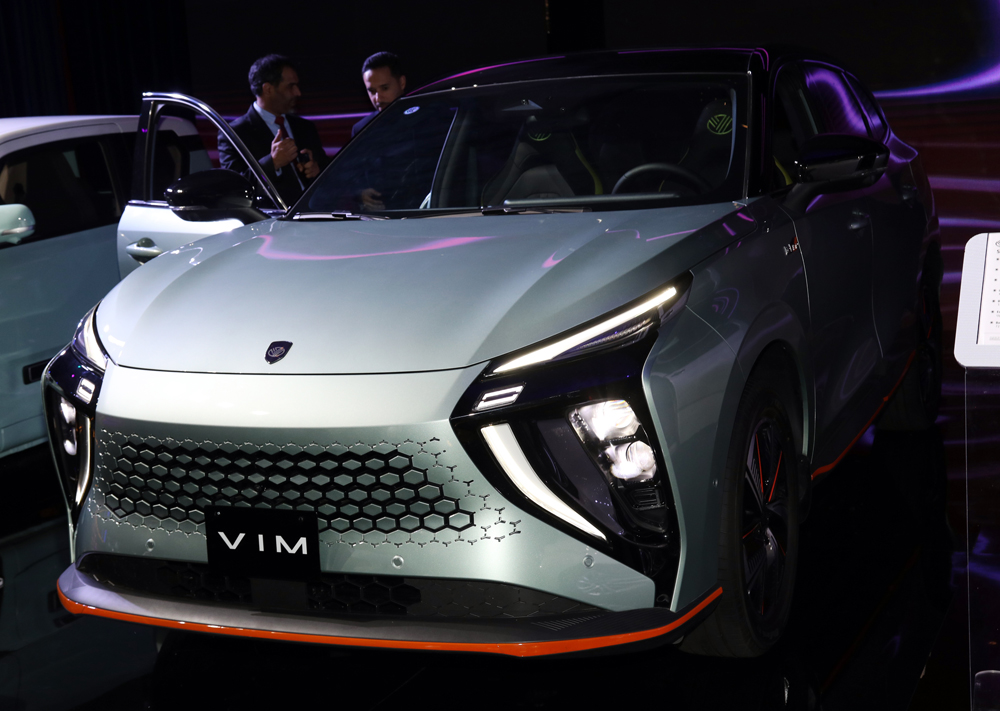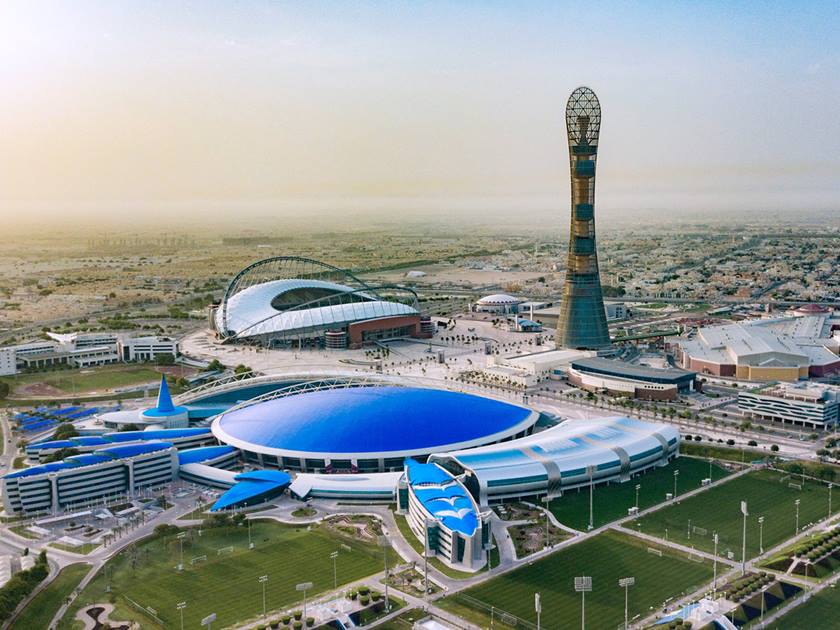The Ministry of Transport has put a target of 35 percent of its fleet and 100 percent of its public transportation buses to become electric by 2030.
Analysts from Fitch Solutions have said that while Qatar’s Passenger electric vehicles “remain nascent,” there is an expectation of strong growth in adoption in the next seven years.
“Passenger EV sales are set to expand by 302.8% in 2023 to reach an annual sales volume of just under 600 units,” said the report. “Thereafter, we expect average annual sales growth of around 48% y-o-y over 2024-2032.”
Fitch Solutions highlighted that the country “will reap economic benefits from lower geopolitical risks in the MENA region.”
“Trucks, pickups, and electric minibusses will gain traction in Qatar as supply chains decarbonise and as more commercial EVs are launched. We forecast average annual sales of 8.1 percent over 2024-2032 and for commercial EV sales to reach a high of just under 2,200 units in 2032. This will represent a commercial EV penetration rate of 15 percent in 2032.”
In recent news from Qatar General Electricity and Water Corporation (Kahramaa) there are plans to set up 600 to 1,000 electric vehicle charging stations by 2025 and 2030.
Under its Climate Change Action Plan, the Gulf nation set a target of reducing greenhouse gas emissions by 25% by 2030, with the help of various initiatives and environmental projects like the Al Kharsaah Solar Power Plant.
The plan also falls under the Qatar National Vision 2030.
Last week, the first electric vehicle brand, VIM, with an exclusive Qatari intellectual property, launched.







